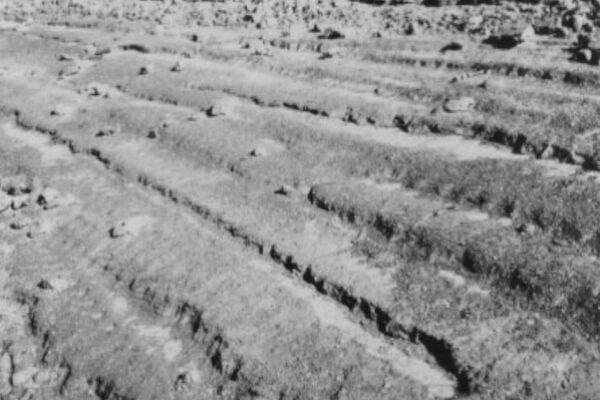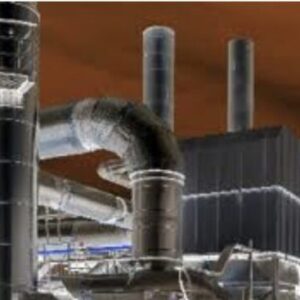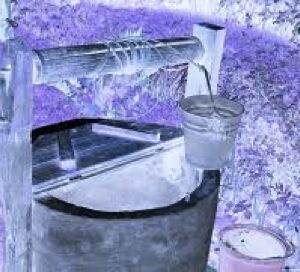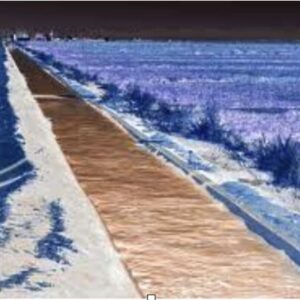Description
Soil stabilization is the chemical or mechanical treatment of soil to improve its engineering properties. Chemically stabilized soils consist of soil and a small amount of additive such as cement, fly-ash, or lime. The additive is mixed with the soil, and the mixture is used in compacted fills, linings, or blankets. Quality and uniformity of the admixture and the uniformity of moisture are closely controlled to produce a high quality end product. Therefore, processing equipment and procedures are specified to ensure that the relatively small amount of additive is uniformly distributed throughout the soil mixture before placement and compaction. Uniformity of soil in the mixture is a major factor in controlling desired uniformity of the final product; and soil gradation, plasticity, and moisture content should be controlled prior to mixing with the additive or prior to adding the stabilizer for in-place mixing. A mixing plant must be calibrated over the range of soil gradation stated in the specifications. Adjustments to the mixing plant should then be made during construction to accommodate variation in soil gradation or for other variable conditions. These adjustments are based on mixing plant calibrations obtained before and during construction. Sometimes, soils are stabilized to deeper depths by grouting or by injection methods to solve particular foundation problems. These methods for stabilization require specialized knowledge and understanding of the materials being used, and quality control procedures are specifically developed for the particular situation.






